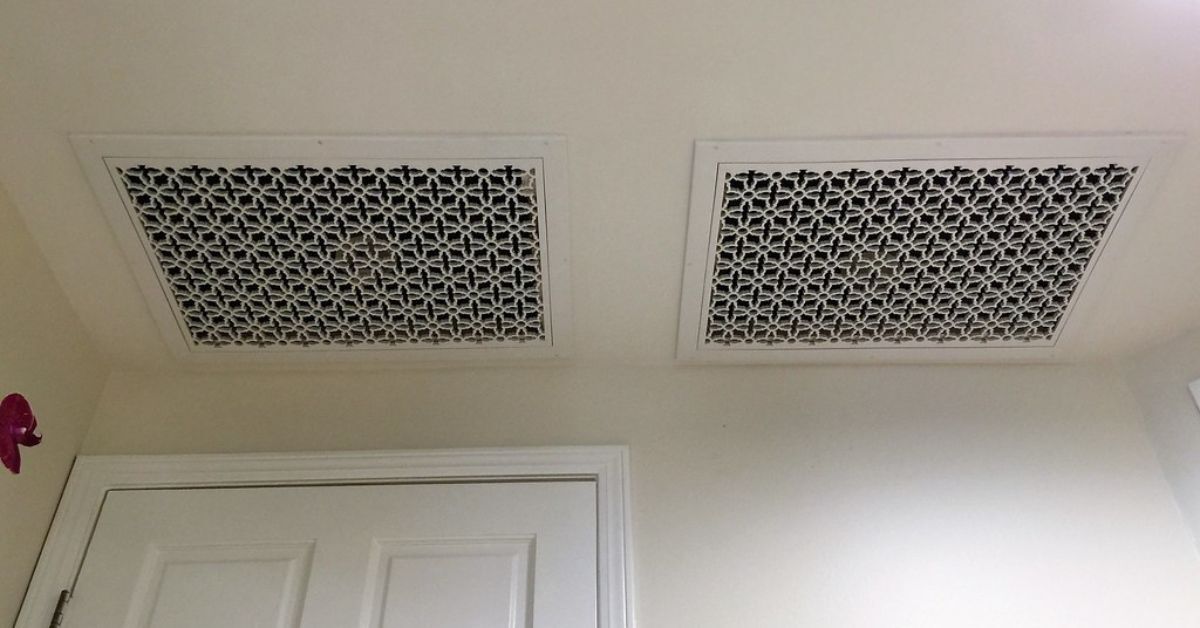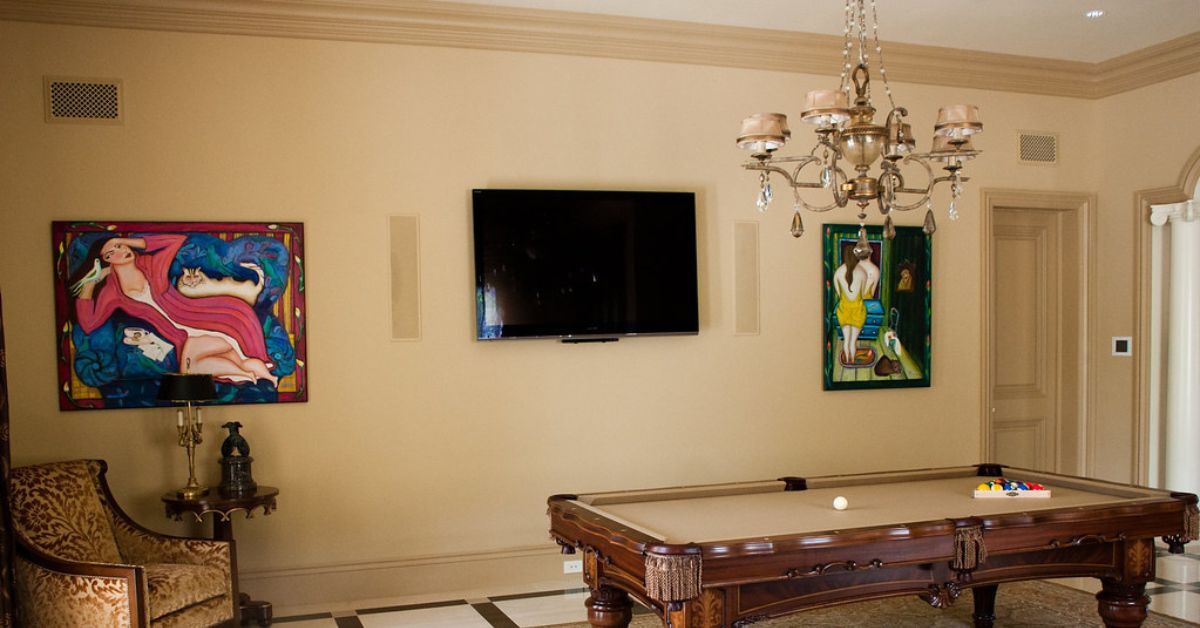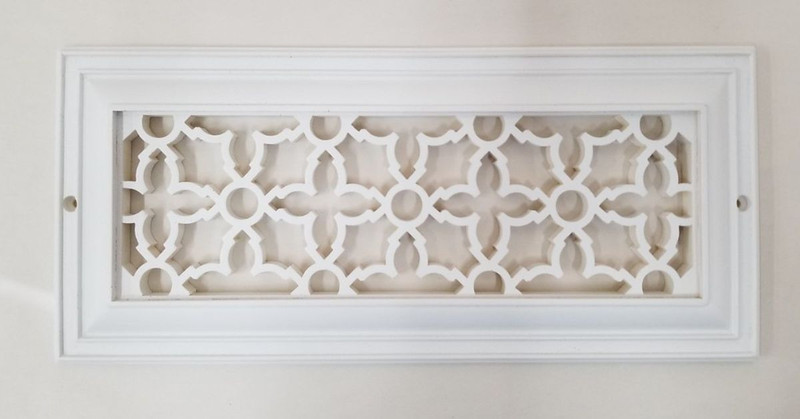Choosing vents for your home involves more than just picking the first option at the hardware store. Taking the time to match your floor and wall vents to your floorboards can significantly impact your home’s visual appeal and functionality. While some homeowners swear by the seamless look of matching vents, others prefer the design flexibility that contrasting options provide.
If you’re still unsure whether your floor and wall vents should match the floorboards, you’re in good hands. This comprehensive guide examines the key considerations for vent selection, encompassing both aesthetic appeal and practical concerns such as cost and maintenance. Whether you’re renovating an existing home or building from scratch, you’ll be able to make a decision that suits your vision and budget.
Why Floor and Wall Vents Matter More Than You Might Think
Floor and wall vents serve as the connection points between your HVAC system and living spaces, making them essential for proper air circulation and temperature control. Beyond their functional role, these fixtures occupy prominent positions throughout your home, appearing in every room and often at eye level or underfoot.
Visual Impact on Room Design
Vents can either blend seamlessly into your decor or become noticeable focal points. Vents that clash with surrounding materials can disrupt a room’s visual flow, making spaces feel disjointed. Conversely, well-chosen vents can enhance your overall design scheme.
Property Value Considerations
Thoughtfully selected vents contribute to a home’s perceived quality and attention to detail. Potential buyers often notice when fixtures appear mismatched or poorly integrated, which can impact their overall impression of the property.
Maintenance and Longevity
The material and finish of your vents affect how they age and weather over time. Some materials require more frequent cleaning or are prone to discoloration, while others maintain their appearance with minimal upkeep.
The Aesthetic Argument for Matching Vents
Matching your vents to your flooring creates a cohesive, streamlined appearance that many designers favor for its clean, uninterrupted look.
Creating Visual Continuity
Matching vents establish visual rhythm throughout your home. You create a sense of intentional design coordination that feels polished and professional when the same vent style appears consistently across different rooms.
Enhancing Minimalist Design Schemes
Contemporary and minimalist interiors benefit significantly from matching vents. These design styles prioritize clean lines and reduced visual clutter, making camouflaged vents an ideal choice. The seamless integration allows architectural features and carefully chosen furnishings to command attention.
Working With Open Floor Plans
Open-concept homes present unique challenges for vent selection since multiple “rooms” share visual space. Matching vents to the primary flooring material helps maintain continuity across the entire area, preventing the space from feeling fragmented.

The Practical Considerations: Cost, Availability, and Maintenance
While matching vents offer aesthetic advantages, practical factors often influence the final decision.
Budget Impact
Custom-matched vents typically cost two to three times more than standard options. The price difference becomes more significant in larger homes or those requiring numerous vents. Standard vents in common finishes, such as brushed nickel or oil-rubbed bronze, offer attractive alternatives at a fraction of the cost.
Special-order vents may also involve longer lead times, which can delay project completion and potentially increase labor costs if you must reschedule the installation.
Material Availability and Durability
Not all flooring materials are suitable for vent construction. While wood-look vents are readily available for hardwood floors, matching vents for specialty materials, such as bamboo or cork, may be difficult to source.
Consider how different vent materials perform in high-traffic areas. Metal vents generally withstand foot traffic better than wood or composite alternatives, which may show wear more quickly.
Long-term Maintenance Requirements
Wood vents require periodic refinishing to maintain their appearance, especially in areas with temperature fluctuations or humidity changes. This ongoing maintenance adds to the total cost of ownership.
Metal and composite vents typically require only regular cleaning, making them more practical for busy households or rental properties.
Alternative Design Strategies: Contrasting Vents
Contrasting vents offer their own set of advantages and can be just as visually appealing as matching options when executed thoughtfully.
Making Vents a Design Feature
Rather than hiding vents, some designers treat them as decorative elements. Ornate metal grilles or vents with unique patterns can add visual interest and complement other metal fixtures in the room.
Coordinating With Other Hardware
Matching vents to door handles, light fixtures, or cabinet hardware creates design cohesion without the expense of custom floor-matched options. This strategy is especially effective when these elements share the same finish, such as matte black or brushed brass.
Using Strategic Color Choices
Neutral vent colors, such as white, cream, or gray, can complement most flooring types without the need for exact matching. These versatile options often cost less than custom alternatives while providing a refined appearance.

Installation Tips for Floor and Wall Vents
Proper installation ensures your vents function effectively, regardless of your style choice.
Ensuring Proper Fit and Seal
All vents must seal properly around their openings to prevent air leaks that reduce HVAC efficiency. This seal is particularly important with floor vents, where gaps can allow conditioned air to escape into crawl spaces or between floor joists.
Planning for Future Access
Consider how easily you can remove vents for duct cleaning or maintenance. Some decorative vents prioritize appearance over accessibility, which may complicate future service calls.
Accounting for Airflow Requirements
Decorative vents may restrict airflow compared to standard designs. Consult your HVAC contractor to ensure chosen vents won’t impede system performance or create pressure imbalances.
Matching Vent Materials to Floor Types
Different flooring materials present unique opportunities and challenges for vent coordination.
Hardwood Floors
Wood floors offer the most options for matching vents. Many manufacturers produce wood vents in popular species, such as oak, maple, and cherry. You can stain these materials to match your specific floor finish.
Consider the floor’s grain pattern and plank orientation when selecting vent designs. Vents that align with the wood grain typically look more natural than those that run perpendicular to it.
Laminate and Luxury Vinyl
These flooring types often feature wood-look designs that wood or wood-look vents can approximate. While perfect matches are rare, close approximations often work well visually.
The durability advantage of these flooring materials extends to maintenance around vents, as they resist moisture and temperature changes better than natural wood.
Tile and Stone
Tile floors present opportunities for creative vent integration. Some manufacturers offer tile-insert vents that allow you to install the same tile as your floor, creating a truly seamless appearance.
Often, metal vents in complementary tones work better for natural stone floors than attempting exact material matches, which can be prohibitively expensive.
Carpet
Carpeted areas typically use wall vents rather than floor vents to avoid furniture placement issues and reduce wear on the covering. Plastic resin vents in neutral finishes usually provide the most practical solution.
Finding the Right Balance for Your Home
During renovations, many homeowners ask themselves, “Should floor and wall vents match the floorboards?” High-visibility areas, such as living rooms and entryways, may justify the investment in matching vents, while bedrooms and utility areas can use standard options without compromising the overall design.
If you’re in need of decorative ceiling vent covers for your home, you’re in the right place. Majestic Vent Covers is here with fixtures for your every need. We’ll work with you to ensure you get a solution that looks great and functions efficiently.

